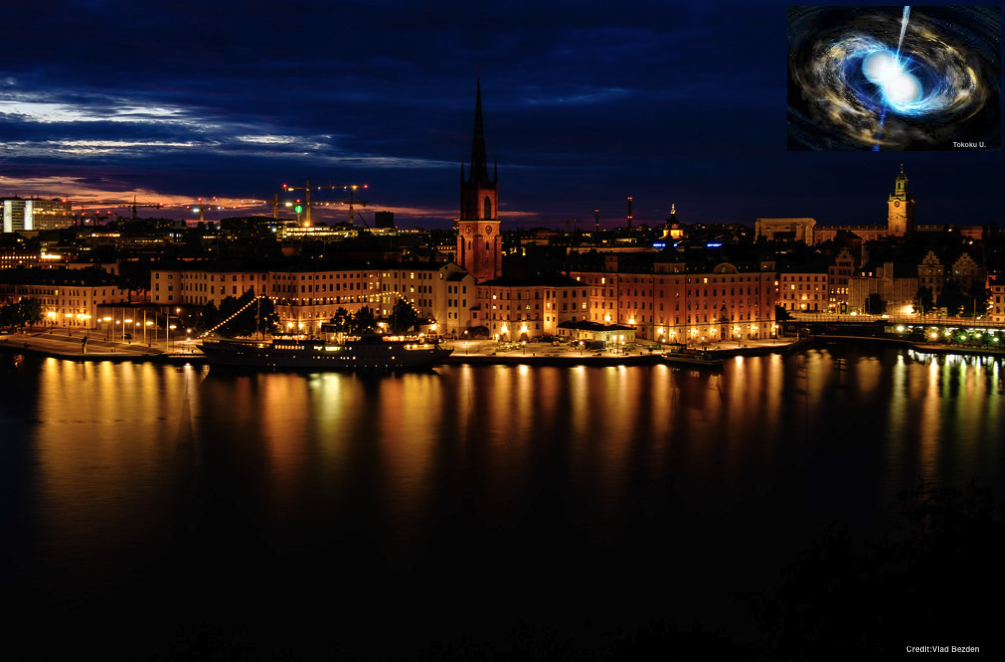Speaker
Description
In kilonovae, freshly-synthesized r-process elements imprint absorption features on optical spectra, as observed in AT2017gfo. These spectral features provide insights into the physical conditions of the r-process, but measuring the detailed composition of the ejecta is challenging. Vieira et al. (2023) introduced Spectroscopic r-Process Abundance Retrieval for Kilonovae (SPARK), a tool for performing inference on kilonova spectra to (1) retrieve elemental abundance patterns, and (2) associate individual absorption features with particular species in the early-time, optically-thick spectra. We have applied SPARK to the 1.4 days post-merger spectrum of AT2017gfo and recovered the first element-by-element abundance patterns, characterized by high electron fraction, moderate-high entropy, and considerable velocity, leading to a dearth of lanthanides and heavier elements. We also identified the presence of Strontium, Yttrium, and Zirconium in the ejecta. Now, we extend our analyses to 2.4 and 3.4 days post-merger. In addition, we test the need for multi-component models, where the ejecta is radially stratified in elemental composition. At 3.4 days, a new redder component with lower electron fraction and a significant abundance of lanthanides emerges. We present the time evolution of the element-by-element abundance pattern of AT2017gfo in its optically thick phase. The higher lanthanide fraction at 3.4 days post-merger has important implications for the ability of kilonovae to produce the Universal r-process seen in the Solar system and beyond.

